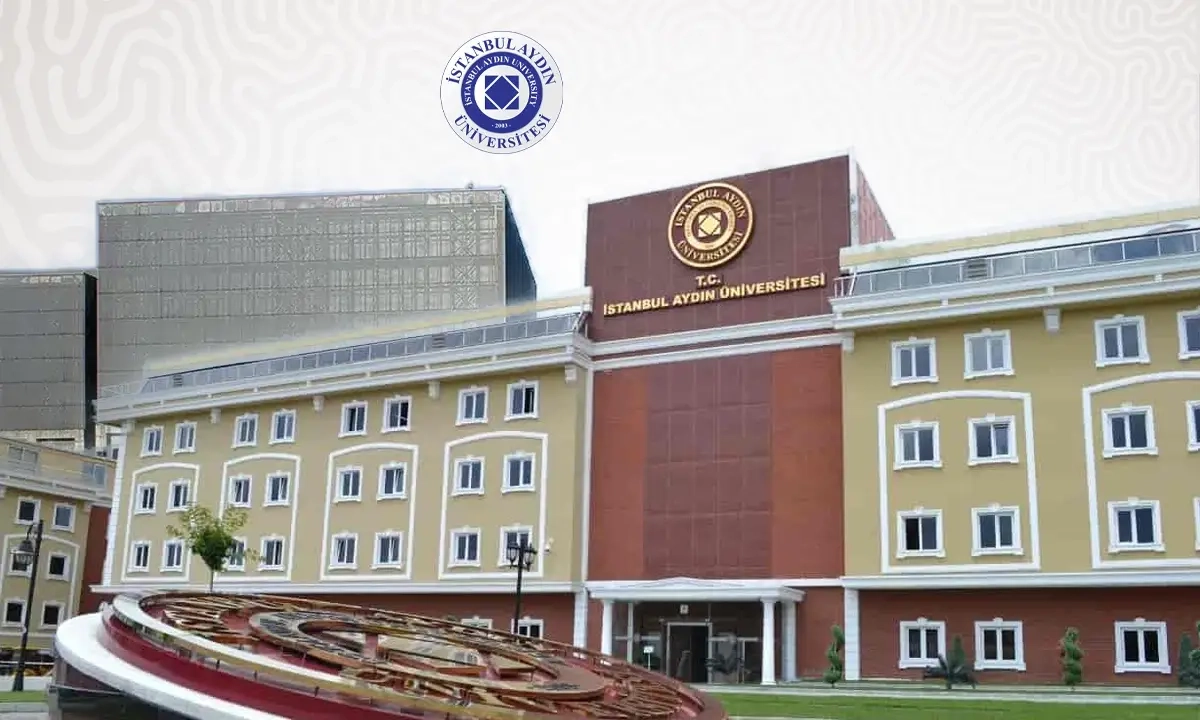College: Engineering
The Aeronautical Engineering major focuses on the design, development, and testing of aircraft, spacecraft, and related systems. Students develop skills in aerodynamics, propulsion, structures, control systems, and materials science. Graduates are prepared for careers in the aerospace industry, research institutions, and government agencies.
Learning Objectives:
- Understand the fundamentals of aeronautical engineering and flight mechanics.
- Develop skills in aerodynamics, propulsion, structures, and control systems.
- Learn techniques for designing, analyzing, and testing vehicles and spacecraft components.
- Explore principles of material science, thermodynamics, and fluid dynamics.
- Analyze and interpret flight data and performance metrics.
- Develop critical thinking, problem-solving, and engineering skills for effective aeronautical practice.
Main Curriculum:
- Introduction to Aeronautical Engineering
- Overview of key concepts, principles, and practices in aeronautical engineering.
- Basics of flight mechanics, aircraft design, and space exploration.
- Aerodynamics
- Principles of aerodynamics including airflow, lift, drag, and stability.
- Techniques to analyze and improve aerodynamic performance.
- Propulsion
- Principles of propulsion including aircraft engines, rocket propulsion, and electric propulsion.
- Design and analysis techniques for propulsion systems.
- Structures and Materials
- Principles of structures and materials including stress analysis, fatigue, and composite materials.
- Design and analysis techniques for aerospace structures and materials.
- Control Systems
- Principles of control systems including stability, navigation, and guidance systems.
- Design and implementation techniques for spacecraft control systems.
- Thermodynamics and Fluid Dynamics
- Principles of thermodynamics and fluid dynamics including heat transfer, fluid flow, and combustion.
- Analysis and optimization techniques for thermal and fluid systems in space applications.
- Space Systems Engineering
- Principles of space systems engineering including satellite design, orbital mechanics, and space mission planning.
- Design and management techniques for space systems and missions.
- Practical/Application Training
- Hands-on experience in aerospace engineering settings including internships at space companies, research labs, or government agencies.
- Applying acquired skills in practical aerospace engineering scenarios.
- Capstone Project in Space Engineering
- A comprehensive project applying skills in aerodynamics, propulsion, structures, or control systems.
- Presentation of a polished aeronautical engineering project, design report, or research presentation.
Assessment Methods:
- Aerodynamic analyses, propulsion system designs, studies of structures and materials, control system projects, thermodynamics and fluid dynamics reports, space systems engineering plans, practical training reports, capstone projects, group projects, and presentations.
Recommended Textbooks:
- "Aeronautical Engineering" by various authors.
- "Aerodynamics" by various authors.
- "Propulsion" by various authors.
- "Structures and Materials" by various authors.
- "Control Systems" by various authors.
- "Thermodynamics and Fluid Dynamics" by various authors.
- "Space Systems Engineering" by various authors.
Prerequisites:
A strong foundation in mathematics and physics, along with an interest in aeronautical engineering and flight mechanics.
Duration of the Major:
The bachelor's degree typically takes 4-5 years to complete, including coursework, internships, and capstone projects. For advanced practice, a master's or doctoral degree in aeronautical engineering can be pursued, which usually requires an additional 2-5 years.
Certification:
Graduates may earn a degree in aeronautical engineering and pursue additional education or professional certifications, such as those offered by the American Institute of Aeronautics and Astronautics (AIAA) or specialized certifications in areas like aircraft design or space systems engineering.
Target Audience:
Aspiring aeronautical engineers, aircraft designers, space systems engineers, and professionals seeking careers in the aerospace industry, research institutions, and government agencies. This major provides students with the engineering, analytical, and problem-solving skills necessary to excel in aeronautical engineering, supporting careers in various roles focused on the design, development, and testing of vehicles and space systems.




